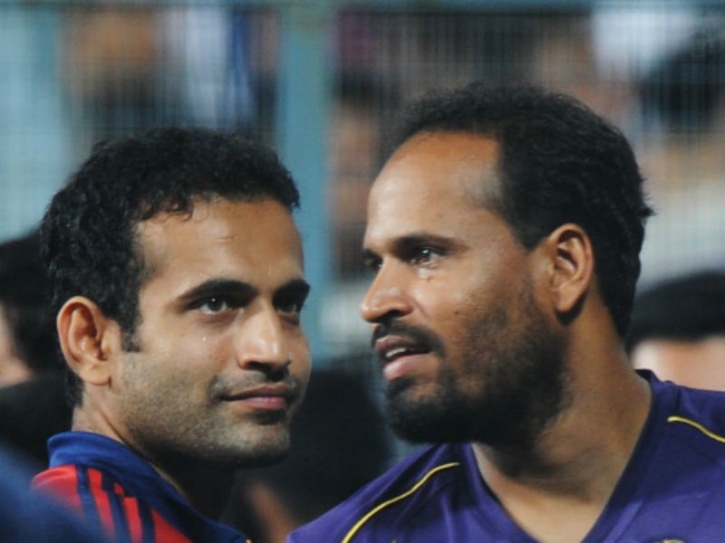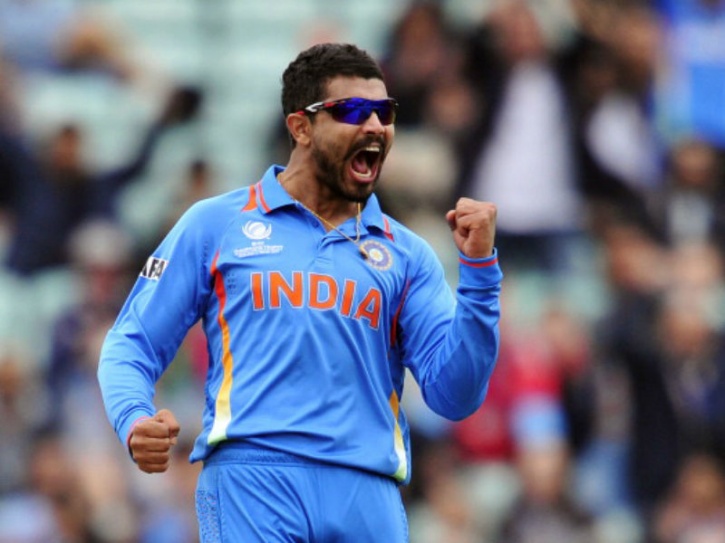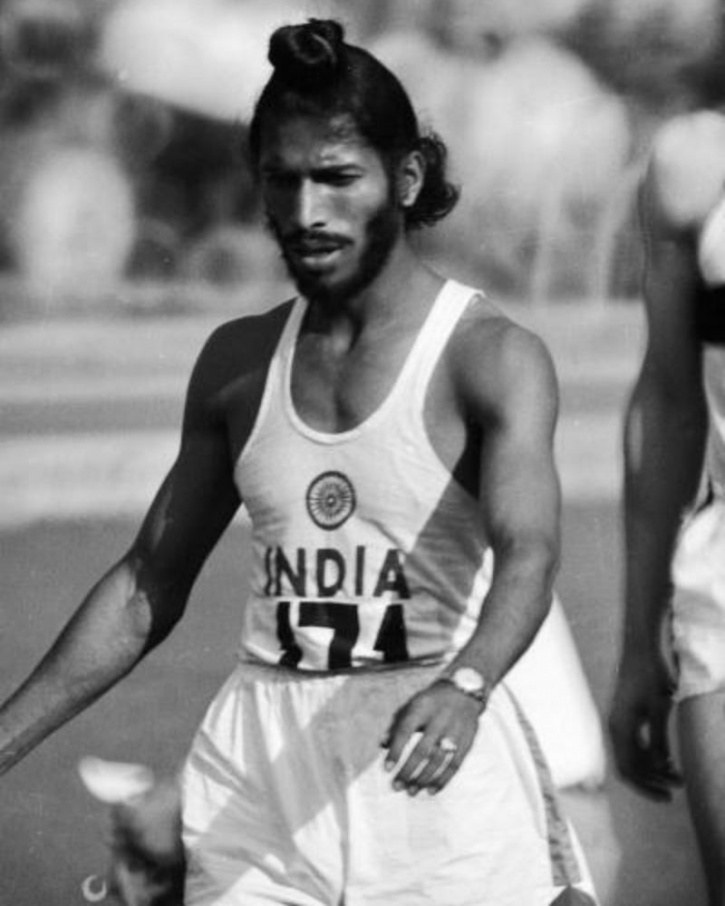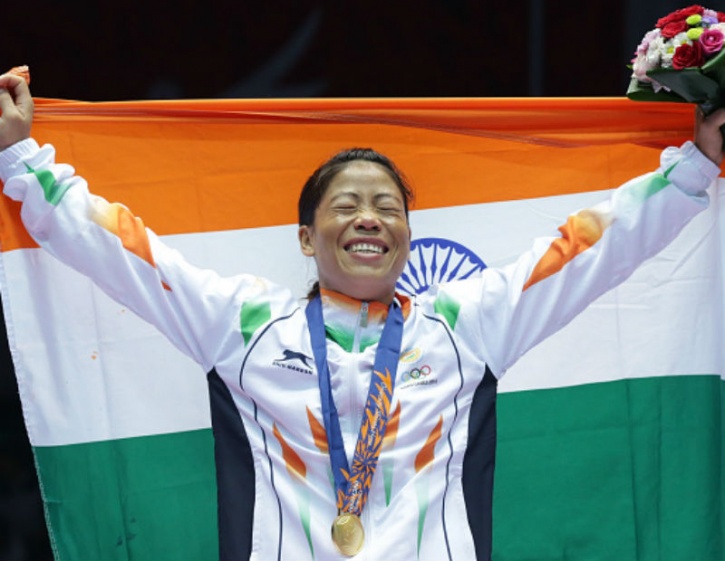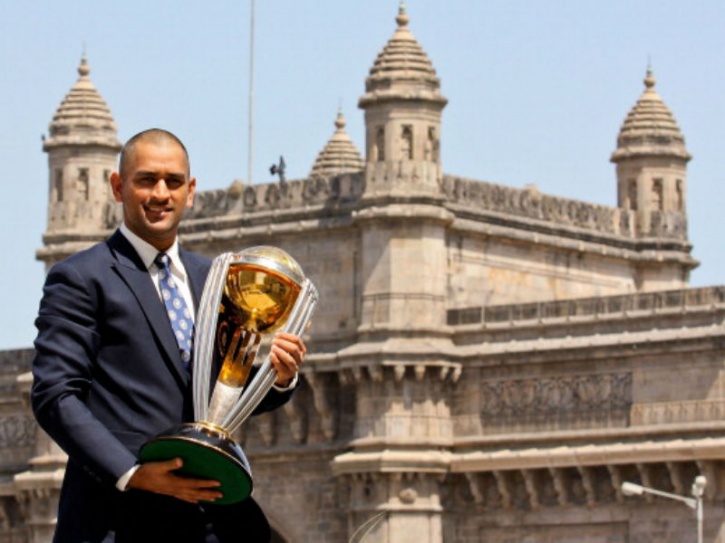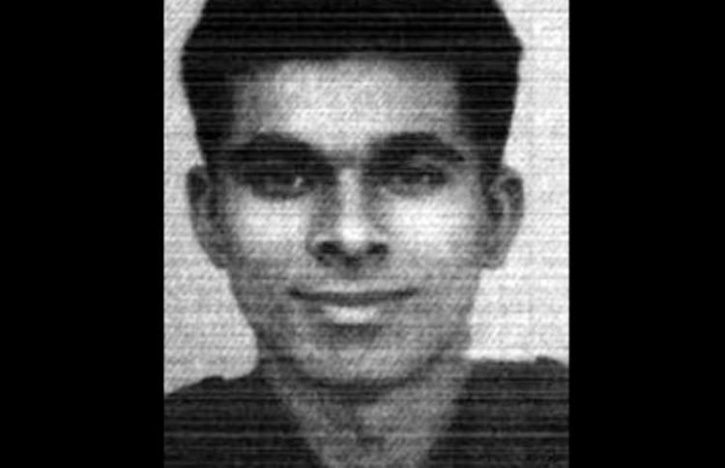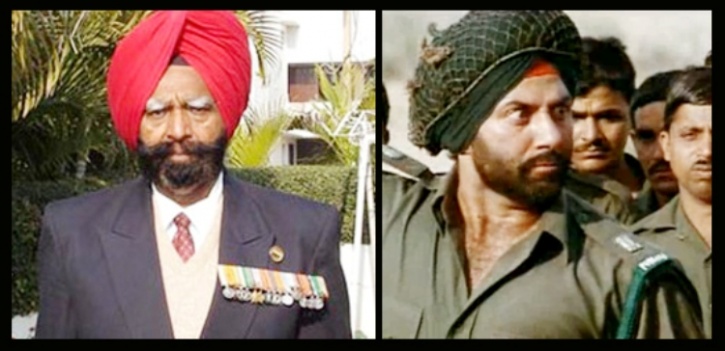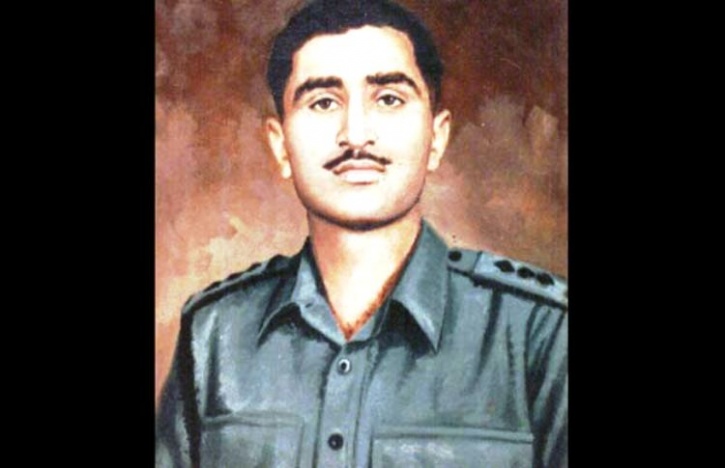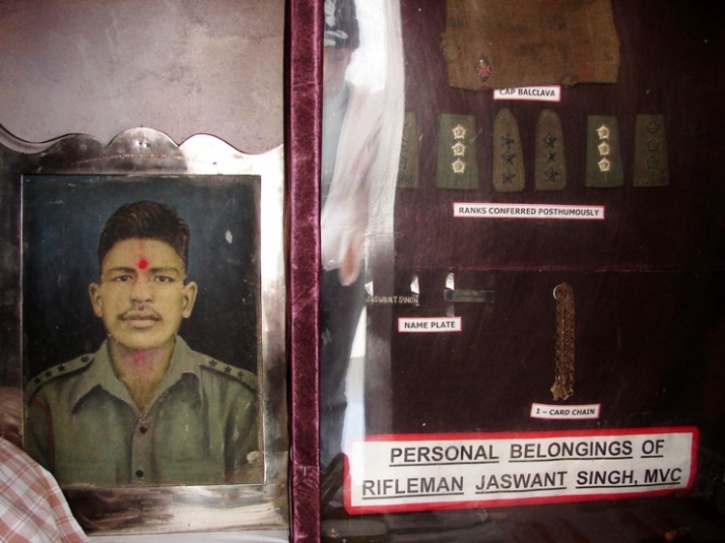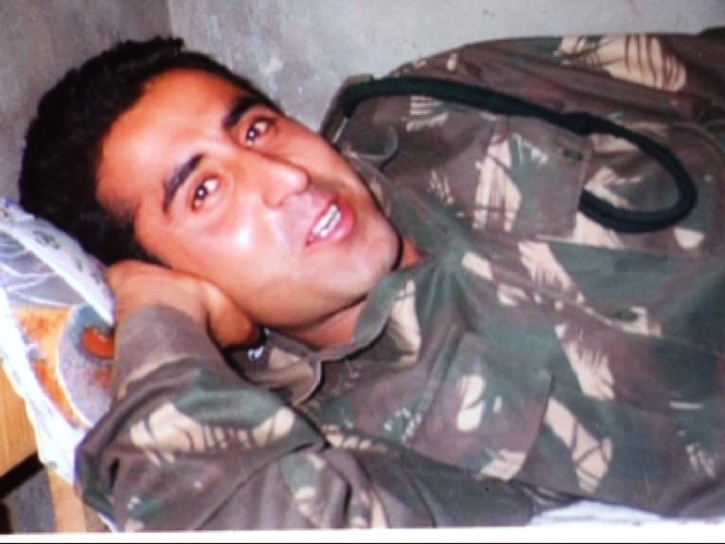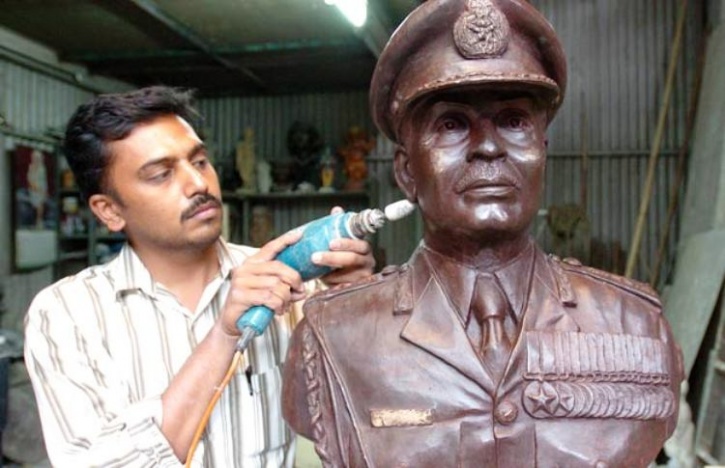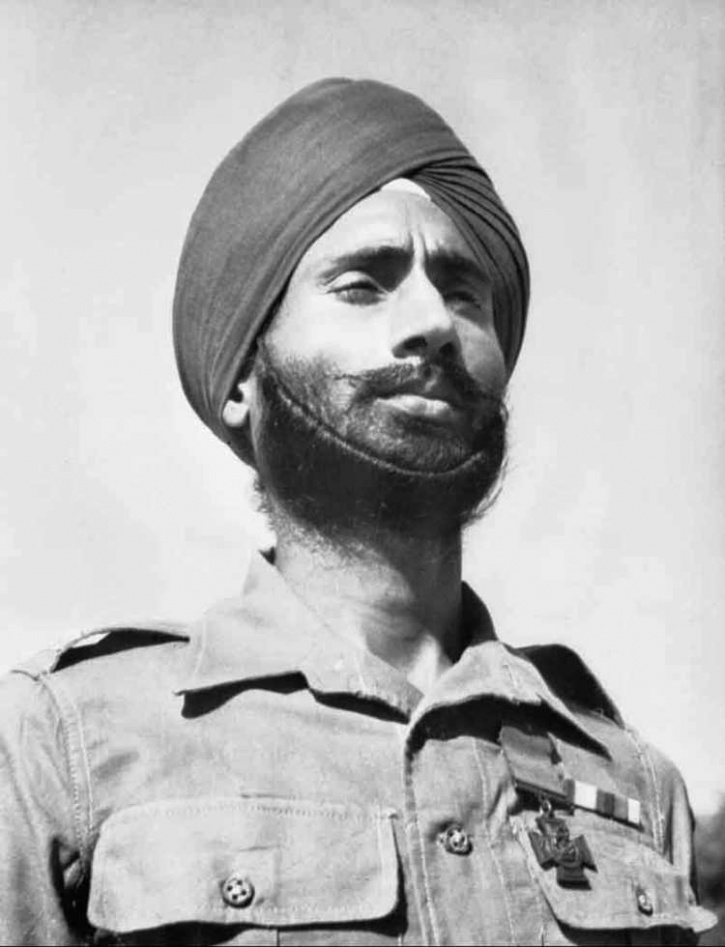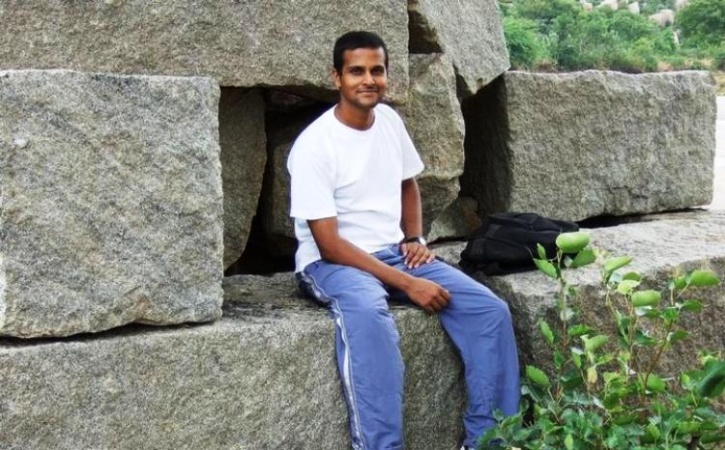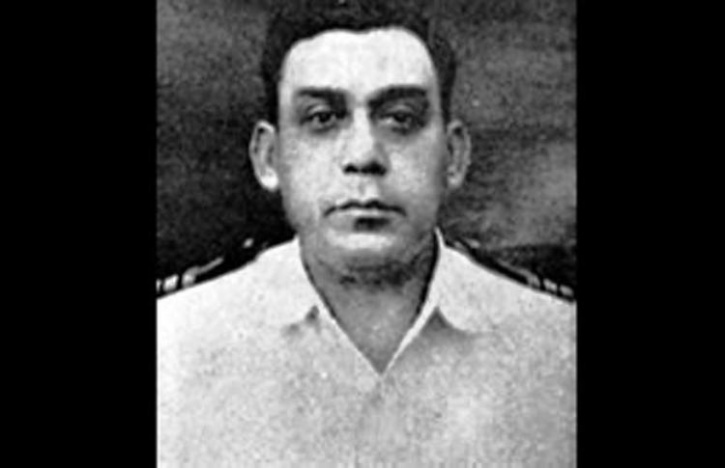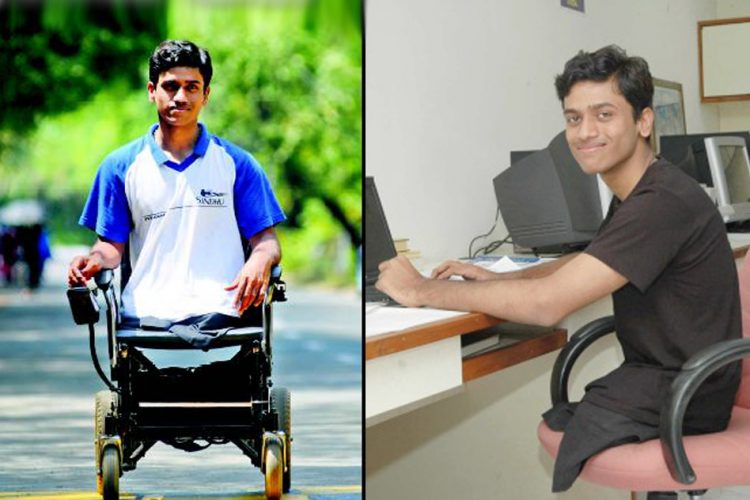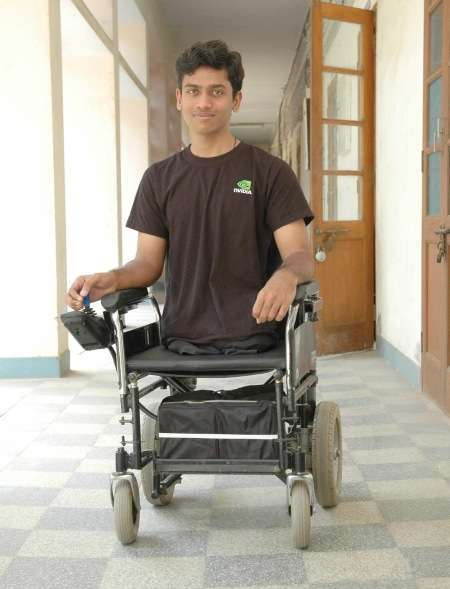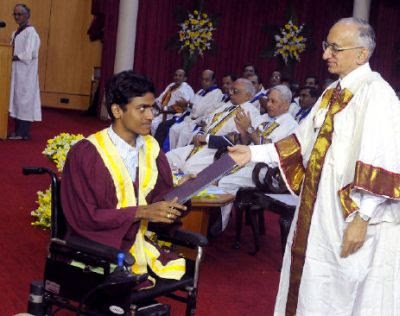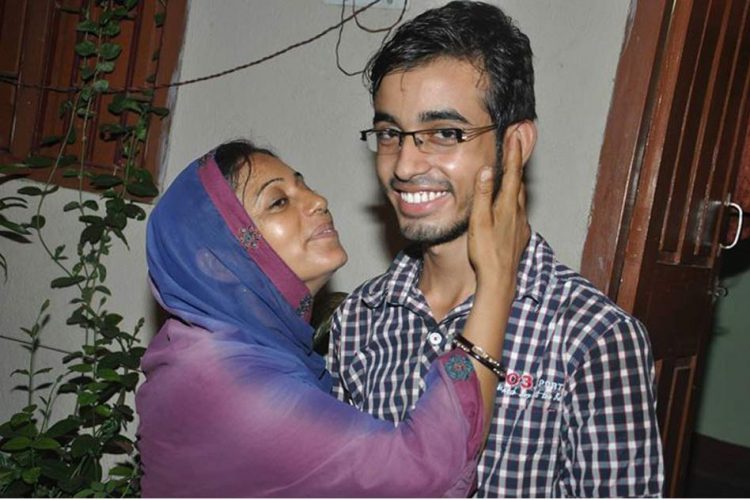Here are some of the stories about the Indian Army that will make you make you realise how much we take our freedom for granted.
#1. The story of how the brave Indian army defeated China in 1967 and defended Sikkim.

Memorial at Nathu-La
In 1967, at Nathu-La Pass, Sikkim, erstwhile protectorate of India, the Chinese installed loudspeakers and threatened to repeat “1962” if Indians didn’t retreat from the area. The Indian side, heeding no notice, started fencing the pass. The Chinese asked them to stop. Ignoring, our troops continued. Minutes later, murderous medium-machine-gun (MMG) fire started from the other side. The pass – completely devoid of cover – exposed the jawans of the 70 Field Company and the 18 Rajput to the open fire causing heavy fatalities at our side.
Two brave officers – Capt. Dagar of 2 Grenadiers and Major Harbhajan Singh of 18 Rajput reassembled a few troops and tried to assault the Chinese MMG but both died a gallant death. Within 10 minutes, 70 dead Indian soldiers and many other wounded were laying in the open on the pass.
Retaliating, the Indian army asked for the artillery fire and created havoc in the Chinese camp, estimating 400 casualties.
Then, the two sides seemed unstoppable, with China getting a lesson each day. Three days later, the Chinese agreed to ceasefire. 15 days later on October 1, similar incident happened at Cho-La, a few kilometres north of Nathu-La. Despite initial casualties, the 7/11 GR and the 10 JAK RIF stood firm and forced the Chinese to withdraw nearly three kilometres away to Kam-Barracks where they are installed till date. And this is how the Chinese retreated from Sikkim.
No wonder, Sino-Indian border has remained peaceful ever since to the level that today Chinese soldiers come and ask their Indian counterparts at Nathu La for cigarettes, rum and tea; mail is exchanged twice in a week in a hut constructed specially for this purpose and border personnel meeting takes place twice a year.
#2. When this 2nd Lieutenant single-handedly destroyed numerous Pakistani tanks and troops, denying Pakistan to enter Indian soil.

Indian Army personnel celebrate Indian victory at the end Battle of Basantar on top of a knocked out Pakistani Patton tank.
During the 1971 Indo-Pak war, 2nd Lt. Arun Khetarpal’s 17 Poona Horse was ordered to construct a bridge across Basantar river, in the Shakargarh region near the international border with the 47th Indian Infantry Brigade. After building it, engineers were to crack the enemy mine-field. Half-way through, the enemy raided. Even though the mine fields were partly cleared, the regiment advanced, not having considered what laid ahead. By the first light of December 16th, 1971, the army established a link-up at the bridge for the tanks to pass. At 8am, a Pakistani regiment, sufficiently armoured, confronted the Indian troops. Our troops being outnumbered, the Commander of the squadron requested assistance from 2nd Lt. Khetarpal, who was close to the battle-field.
As soon as the request was relayed, Kheterpal got into enemy’s neck to clean it all! On the way, he overran some strong points and captured many soldiers. During this, his group’s second tank was attacked and the commander was killed, leaving him alone fighting the Pakistanis.
But Kheterpal single-handedly went on to ambush the area with his tank. The tank battle followed and 2nd Lt. Khetarpal destroyed four tanks. The Pakistanis then wrecked the other two following tanks and also bombed his tank, flaming it up. Khetarpal, not giving it up, went on to destroy rest of the tanks; after which his own tank blew up. The fearless officer met his death refuting the enemy to step on his land.
When his tank was flamed up, the commander of his troop had ordered him to abandon the burning tank, but he proclaimed:

Official Portrait of 2nd Lt. Arun Khetarpal, PVC
The parade ground at the National Defence Academy is today named the Khetarpal Ground, and the auditorium and one of the main gates bear his name at the Indian Military Academy.
#3. How Captain Manoj Kumar Pandey inspired a crucial reclamation that led to India’s victory during the Kargil War.
“Why do you want to join the Army?” “I want to win the Param Vir Chakra.” That’s what was asked to Capt. Manoj Kumar Pandey in his SSB interview. And he remained true to his word! Part of the 1/11 Gorkha Rifles, on June 11th, 1999 during the Kargil War, he led his men to capture the Jubar top, besides a narrow, treacherous ridge towards the backstabbing enemy, now in bunkers on the Indian land.
Pakistanis fired on Capt. Pandey’s men; demonstrating great daring, he gushed ahead of his troop and hailed the enemy with bullets and a loud battle cry. Wounded by bullets on leg and shoulder, he killed two men in the first bunker in hand combat and urged his men to clear all bunkers and collapsed in the final bunker.
On July 3rd, as a part of Operation Vijay, advancing to Khalubar, he was asked to clear off the enemy positions amidst heavy shooting. Audaciously striking the first enemy position, he killed two enemies and destroyed the second position by killing two more. While clearing third, bullets thrashed his shoulder and legs. Undaunted, he continued to lead the assault on the fourth which he destroyed with a grenade and then, a shot penetrated his forehead. ‘Na chhodnu,’ ‘Don’t spare them,’ were his last words. This daredevil act and motivation led to capture of Khalubar.

Official Portrait of Capt. Manoj Kumar Pandey, PVC
#4. How General Cariappa became the Indian Army’s first General and what he did when his son was taken as prisoner by Pakistan 18 years later.
(Though it cannot be authenticated, this event is believed to have occurred by many.)
Soon after the independence, Prime Minister Nehru called up a meeting of Defence Minister and senior army officers to appoint the first COAS of Indian Army. Nehru proposed, “I think we should appoint a British officer as a General of the Indian Army, as we don’t have enough experience to lead an army.”
A senior officer, Nathu Singh Rathore snapped, “You see, sir, we don’t have enough experience to lead a nation too, so shouldn’t we appoint a Britisher as the first Prime Minister of India?”
Silence followed and the defence minister of India, Sardar Baldev Singh, offered him to take up the post. He declined, saying, “My senior Lt. Gen. KM Cariappa is better for the job.” and thus Lt. General Kodandera Madappa Cariappa became the first Chief of Army Staff on January 15th, 1948 – and hence this date is also marked as the Indian Army day.
During the 1965 war, his son K C Cariappa, an Indian Air Force pilot, was shot down over Pakistan Major Zaidia and taken as a prisoner of war. On realising the identity of the wounded soldier at Dargil, Pakistan’s Gen. Ayub Khan – who was junior to KM Cariappa before independence, contacted Field Marshal Cariappa, with information about his son’s safety. When Gen. Khan offered to release his son immediately, Field Marshal is reported to have scoffed at the idea and told him to give his son no better treatment than any other Prisoner of War (POW). “He is my son no longer,” the old Soldier is reported to have thundered. “He is the child of this country, a soldier fighting for his motherland like a true patriot. My many thanks for your kind gesture, but I request you to release all or release none. Give him no special treatment.”
#5. The soldier who was awarded the Param Vir Chakra “posthumously” but he managed to receive it himself!

Subedar Yogendra Yadav, being awarded the PVC by the Commander-in-Chief of the Indian Armed Forces, the President of India KR Narayanan
It’s way past midnight! Sunlight is a few hours away, in the distance you could hear gunfire, in front of you is a snow clad vertical path of 16,500 feet and on the top of it are bunkers in which reside men who are here to take your motherland! This was what was happening on the morning of July 4th, 1999 to Subedar Yogendra Singh and his ‘Ghatak’ Platoon that was asked to capture the Tiger Hill.
Now someone was to climb the cliff and fix ropes so that the feature could be attacked. Subedar Singh of 18 Grenadiers stepped up. Half-way up, an enemy-bunker started firing rockets and machine guns mercilessly, killing the platoon commander and two other colleagues of Subedar. The fire continued and Singh was hit in his crotch and shoulder by multiple bullets, but he continued nonetheless.
When the wounded Subedar Singh reached the top, the first bunker opened fire at him. He ran towards them and hurled a grenade through the window killing the enemy soldiers in the bunker. Then firing away he went to the second bunker, men in which were firing him and his comrades. He along with his other Grenadiers killed four Pakistanis using his bare hands. His partners captured the third bunker and hence the Tiger Hill – a top-priority reclamation for the country.
After a broken leg, a shattered arm and almost 15 bullet wounds, Sudebar Singh was taken to the hospital where it was assumed that he may become a martyr. Param Vir Chakra was announced for his invincible spirit, determination and action beyond the call of the duty, posthumously, but it was found that he was recovering in the hospital and this 19-year-old was awarded the P.V.C. by the then President K. R. Narayanan.
#6. The story of Gurkha Regiment:
Famous for their ever-present kukris – a distinctive heavy knife with a curved blade – and their fierce nature of fighting, the Gurkha regiment is the reason the British failed to annex Nepal to their Empire during the Gurkha war. The British-Indian Army officers were impressed by the tenacity and gallantry of the Gurkha soldiers and encouraged them to volunteer for the East India Company. They did and the Gurkhas remained loyal to British throughout the Raj.
After the partition, the respect for the Gurkhas hadn’t died down from the Britishers’ end and out of the ten Gurkha regiments, the British decided to retain four Gurkha Rifles; the remaining six went on to join the Indian Army.
The 8 Gurkha Rifles regiment has the unique distinction of producing one of the two Field Marshals of the Indian Army: Field Marshal Sam Manekshaw, who is still revered as one of Indian Army’s finest officers. Manekshaw once said: “If a man says he’s not afraid of dying, he’s either lying or he’s a Gorkha.”
#7. When 120 men and a jeep mounted with a gun defended India against 2000 Pakistanis and 45 tanks.
120 km from Ramgarh, in Thar Desert lies Longewala, an Indian border post. At the post, 120 Indian soldiers were stationed with a Jeep mounted with M40 recoilless rifle. On December 4th, 1971, Lt. Daramveer Bhan who was patrolling the international border reported Pakistani advancement with a large number of armoured vehicles. The company commander Major Kuldip Singh Chandpuri got in touch with the battalion HQ requesting reinforcement, armour and weaponry support as they only had medium machine guns. Battalion HQ asked him to either hold back Pakistanis as supply couldn’t reach quickly; or retreat back to Ramgarh. The company, with indomitable Army spirit, chose to stay despite fearing being severely outnumbered by the enemy forces. Around 30 minutes past midnight, 45 tanks and 2000 men of Pakistan took on 120 Indians.
The battle continued all night with Indians successfully guarding their homeland against a massive, massive force. By the time the battle ended on December 7th, a small number of 120 soldiers with the help of 5 airplanes, which were unable to navigate during the night, destroyed 500 Pakistani vehicles (!), killed 200 soldiers and the Pakistanis either lost or abandoned over 34 tanks – one of the highest ever tank losses after WWII.
Only two Indians lost their lives.
Radio intercept by Indian Air Force sent from a Pakistani tank to their HQ, after Indian military shattered advancing Pakistani forces was:
“IAF is giving us extreme trouble, one aircraft goes and another aircraft arrives and dominates the air for about 30 minutes, 40% forces and equipment is already destroyed, even retreating is impossible, let alone retaliating. Immediately send air support, otherwise returning back will be impossible.”
#8. “I’ll either come back after raising the Indian flag in victory or return wrapped in it.”

Capt. Vikram Batra, PVC
On June 1st, 1999, when the Kargil war was to erupt, one Capt Vikram Batra’s unit was sent to Kargil daring operation to recapture the Point 5140 – of utmost importance to India. Point 5140 was at a height of 17,000 feet.
Reaching Point 5140, Capt Batra faced the commander of the Pakistani-backed terrorists on radio. The enemy commander provoked him, “Why have you come here Shershah, you will not go back.” Captain Batra, being the last person to back away from a fight, replied, “We shall see within one hour who remains on the top.” In a short while Captain Batra and his company of troops killed eight enemy soldiers and captured a heavy anti-aircraft machine gun, neutralising the advantageous peak. Mission Point 5140 was a success. Soon after he radioed his Commanding Officer (CO), “Yeh dil mange more!”
Next chapter was Point 4750, where he was dared again by the enemy who said, “Shershah, nobody shall be left to lift your dead bodies!” Shershah, as nicknamed by his CO hurled, “Don’t worry about us, pray for your safety.” Later he re-captured Point 4750 and hoisted the national flag.
His heart, in zeal of patriotism wanting victory, made him volunteer for his third task of re-capturing point 4875. On July 5th, 1999, after thrashing intruders, his company and others lead by Capt. Anuj Nayyar, re-captured the peak. The enemy counter-attacked on July 7th but the team retaliated with enthusiasm. During the fire-exchange, Capt Batra’s junior Lt. Naveen was hit and Shershah jumped to his rescue, who was pleading to let him continue to which he replied, “Tu baal bachedaar hai! Hatt jaa peeche.” (You are the one with kids; back away!) And while saving his comrade, a bullet found its way to Capt Batra’s heart and the brave captain with the words, “Jai Mata Di” fell on the ground to become immortal in our hearts.
#9. When Prime Minister of India asked the General of the Indian Army, “Are you trying to grab the power?”
“Sam, what are you doing?”
“Sitting in my office and having tea, Madam.”
“Come to my office, I’ll give you tea here.”
This is what PM Indira Gandhi told Chief of Army Staff Gen. Sam Manekshaw one fine morning during the days that Indira Gandhi was not-so-popular amongst her party and opposition for being a one-woman ruler!
“Everybody says you are taking over. When are you taking over?” Gandhi asked.
“What do you think?”
“I don’t think you would.”
“You’re right Madam Prime Minister. My daughter, when she comes from the convent sings the nursery rhyme, ‘you mind your business, I mind mine; you kiss your own sweetheart, I kiss mine’. You have a long nose. So have I. But I don’t poke my nose into other people’s affairs. I do not interfere with politics and politicians.” Sam Maneskshaw even offered to quit on grounds of mental instability.
This wasn’t the first time the Prime Minister had the taste of Sam Maneskshaw. One day in April 1971, when India was becoming the home to millions of refugees from the East Pakistan, Indira Gandhi wanted to attack East Pakistan and get rid of the problem of West Pakistan’s bias to East. She called up the cabinet along with Sam Bahadur and told them about her plan. Sam declared that if we attack now, India would lose the battle as the Army was not ready.
Soon after the Cabinet members retired from the meeting, Sam offered his resignation; “There is a very thin line between being dismissed and becoming a field-marshal,” as he recalls but again Gandhi refused and asked him to prepare.
And so he did.
As war drew closed, Indira Gandhi asked her army chief if he was ready for the fight. Gen. Manekshaw replied with the chivalry, flirtatiousness and utter boldness for which he was famous: “I am always ready, sweetie.”
And ready he was; winning Dhaka in two weeks.
Gen. Manekshaw truly became immortal in the history of India for his brave acts and the way he stood up to his political bosses for his soldiers as he once said, “I wonder whether those of our political masters who have been put in charge of the defence of the country can distinguish a mortar from a motor; a gun from a howitzer; a guerrilla from a gorilla, although a great many resemble the latter.”
